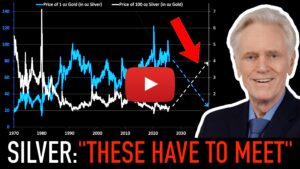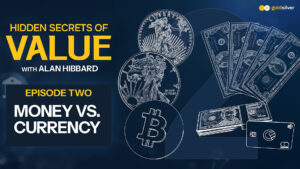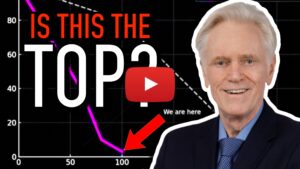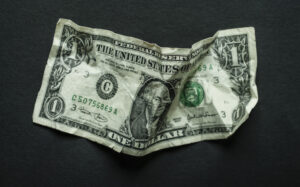Gold has always been a beacon during economic uncertainty, but what’s happening now is unprecedented. In his latest video with Alan Hibbard, Mike Maloney reveals a chart that suggests gold could reach $9,000 per ounce — and explains why this isn’t just another bull market.
According to Mike, we’re witnessing something far more significant than a typical boom-bust cycle. A global monetary reset is fundamentally changing gold’s role in the world economy.
The New Reality: Gold as Monetary Foundation
This isn’t your grandfather’s gold rally. Speculation or inflation fears drove past cycles, but today’s movement reflects a seismic shift in the global financial system.
Central banks — particularly in Asia and emerging markets — aren’t just buying gold anymore. They’re hoarding it at unprecedented rates. Why? Because as fiat currencies buckle under historic debt loads and endless money printing, these institutions see what’s coming: a new monetary order with gold at its center.
Mike and Alan’s analysis shows gold transitioning from portfolio hedge to monetary bedrock — the foundation upon which a new global money system will be built.
Investing in Physical Metals Made Easy
Open an AccountThe Global Monetary Reset Is Reshaping Gold’s Role
Unlike past gold rallies, this cycle is driven by much deeper forces than simple commodity speculation or inflation hedging. As fiat currencies around the world weaken under massive debt burdens and unprecedented monetary expansion, central banks—especially outside the West—are aggressively buying and hoarding gold as a safe haven.
Mike and Alan show how gold is stepping into a new role, becoming the backbone of a new monetary system that could replace failing fiat currencies. This reset means gold is no longer just another investment; it’s poised to be the foundation of global money.
Why $9,000 Isn’t Crazy
Traditional gold bull markets follow a predictable pattern: slow accumulation, acceleration, bubble, crash. But Mike argues we’re breaking that mold.
The chart he presents reveals gold entering the “final third” of its bull market — historically the most explosive phase. But unlike previous cycles, this surge is supported by structural changes rather than speculation:
- Debt levels that make currency devaluation inevitable
- Central bank buying that puts a floor under prices
- Geopolitical realignment creating new demand dynamics
These factors suggest gold won’t crash after reaching new highs. Instead, it could establish a permanently higher trading range as it assumes its new monetary role.
Learning from the 1970s (While Recognizing What’s Different)
The 1970s gold boom offers valuable context. Back then, gold surged from $35 to $850 as inflation raged and the dollar weakened. But Mike identifies crucial differences today:
Then: Individual investors and speculators drove the market
Now: Central banks and sovereign wealth funds dominate buying
Then: The U.S. could raise interest rates to 20% to break inflation
Now: Debt levels make aggressive rate hikes economically destructive
Then: Gold was transitioning away from monetary use
Now: Gold is transitioning back into monetary use
These differences suggest we’re not heading for a 1980-style crash, but rather a sustained revaluation of gold’s worth in a changing monetary landscape.
Positioning for the Reset
Mike and Alan don’t just analyze charts — they explore what this means for investors and society. As the monetary reset unfolds:
- Purchasing power will flow from currency holders to gold holders
- Financial assets may struggle as real assets outperform
- Economic volatility will create both risks and opportunities
For investors, the message is clear: physical gold isn’t just portfolio insurance anymore. It’s a stake in the next monetary system.
Ready to get the full story?
Watch Mike Maloney’s latest video now and discover why $9,000 gold could happen sooner than you think.
Get Gold & Silver Insights Direct to Your Inbox
Join thousands of smart investors who receive expert analysis, market updates, and exclusive deals every week.











